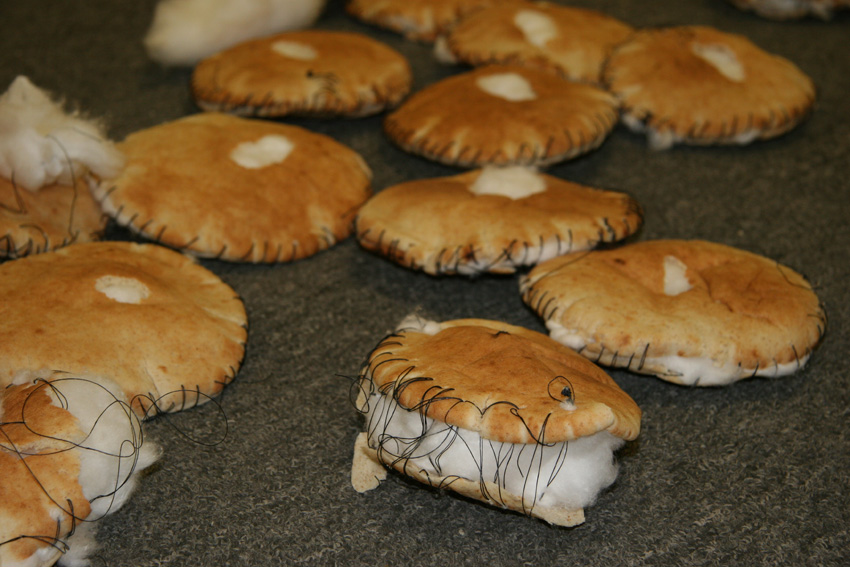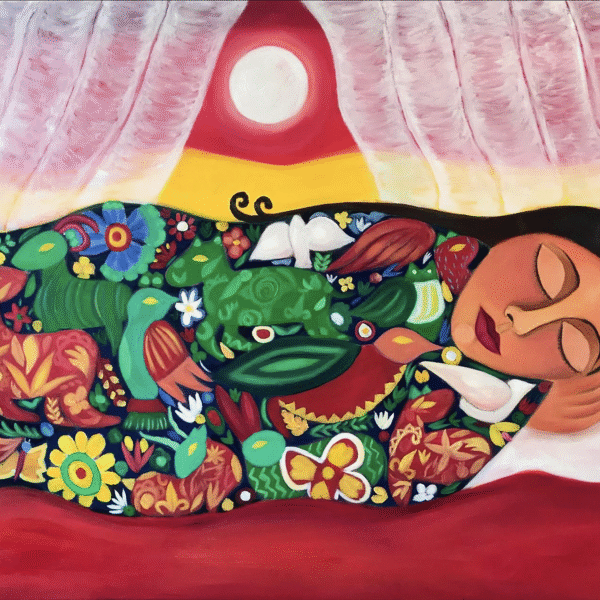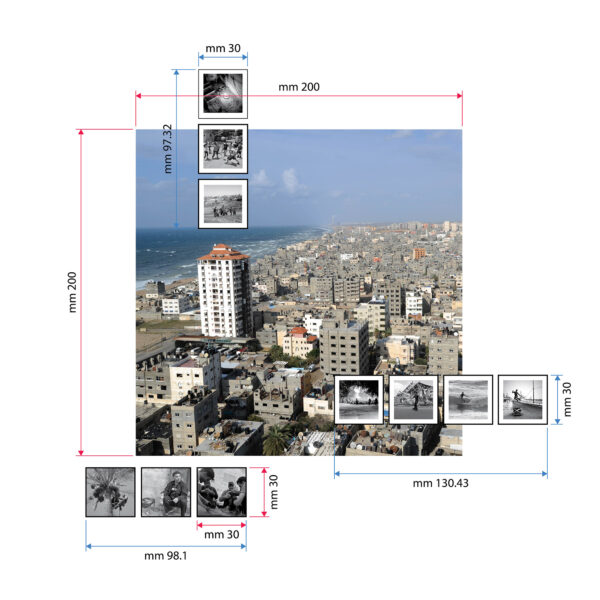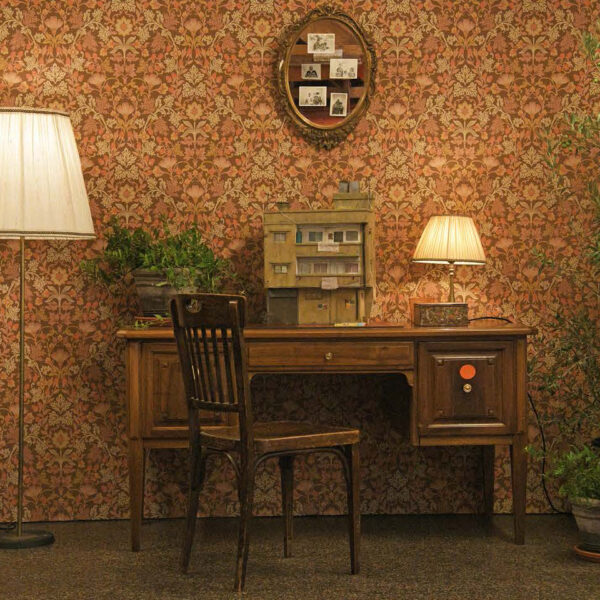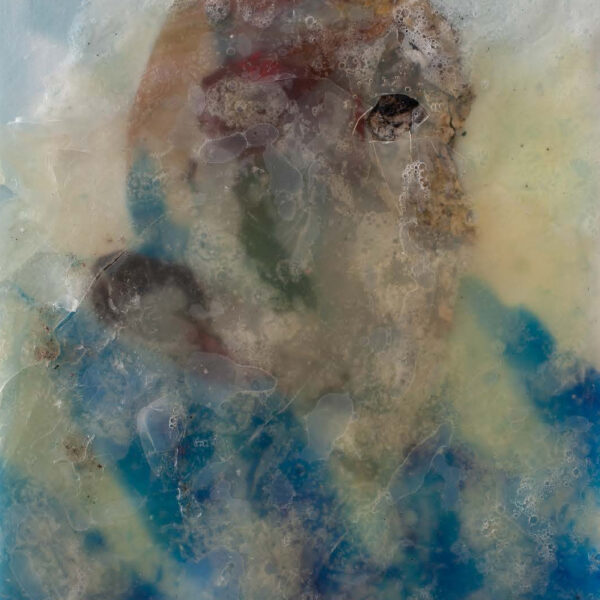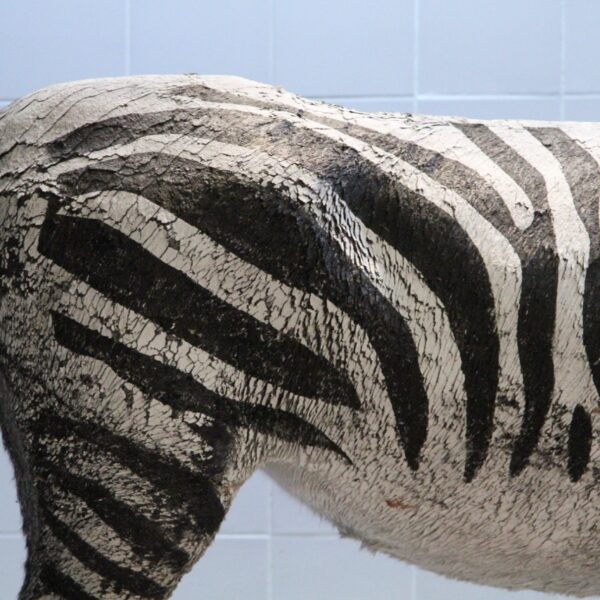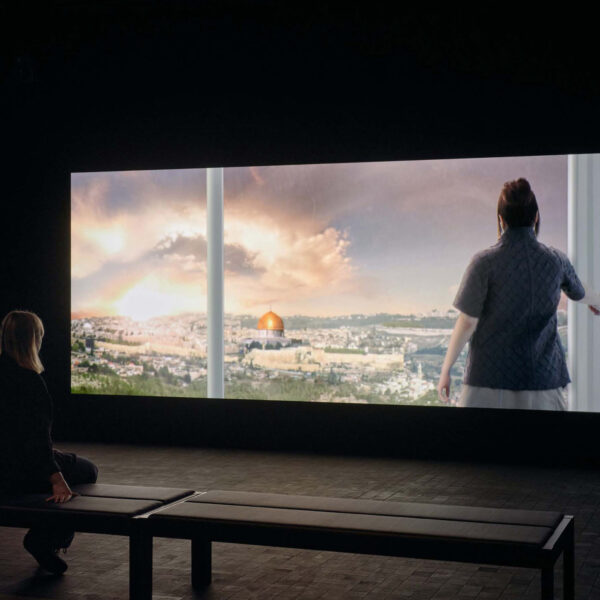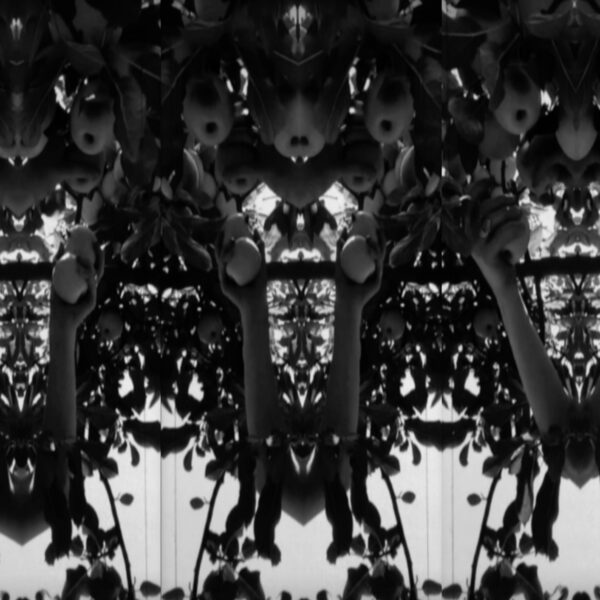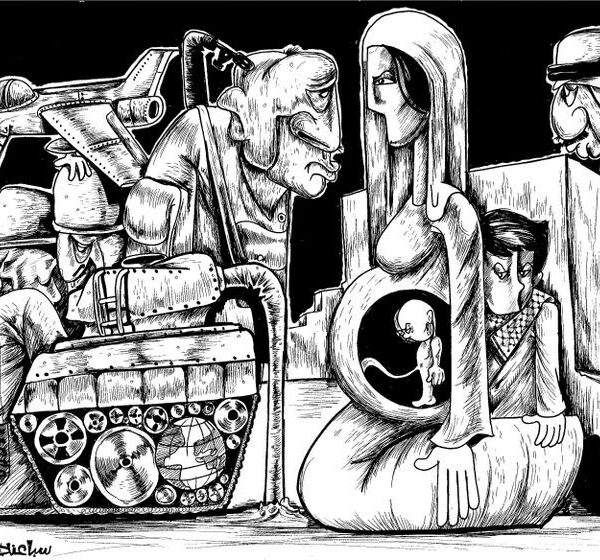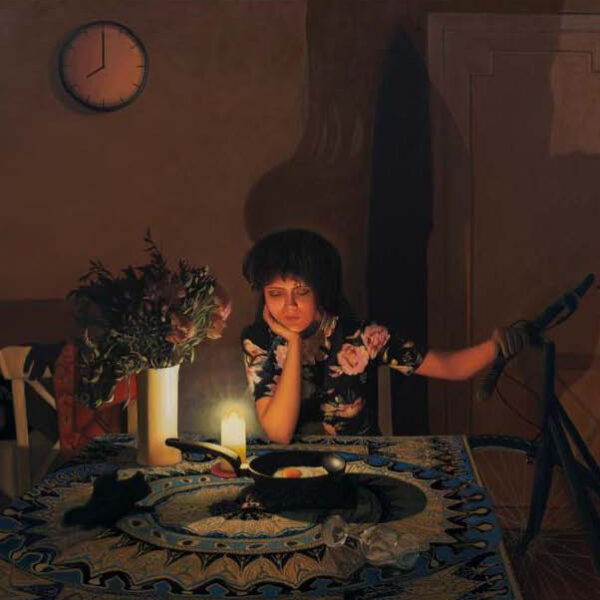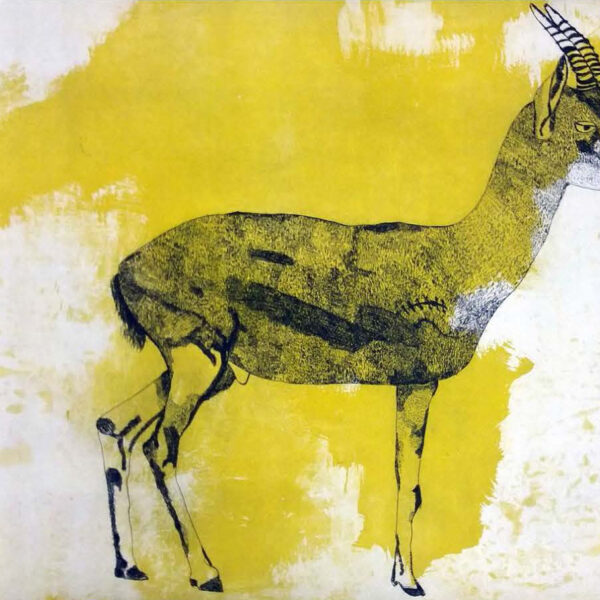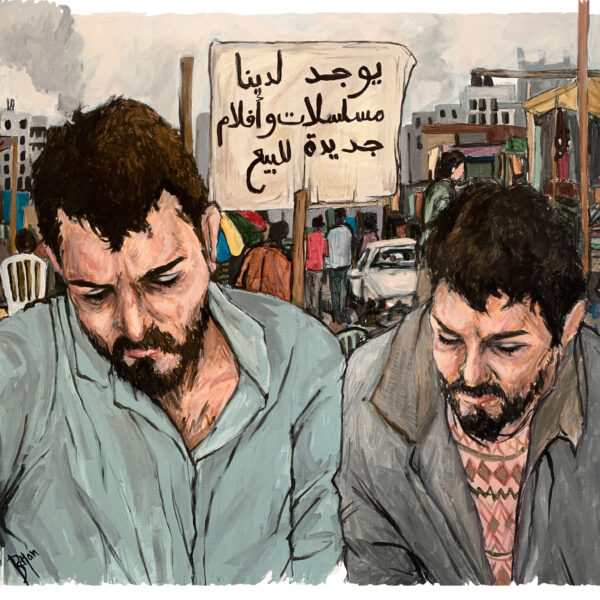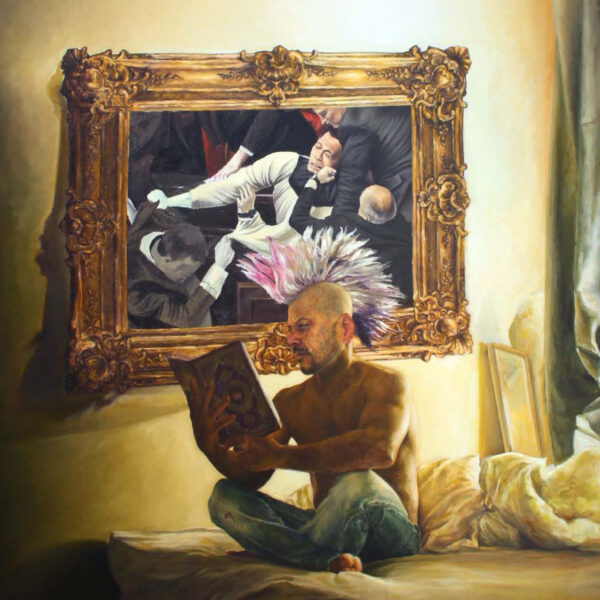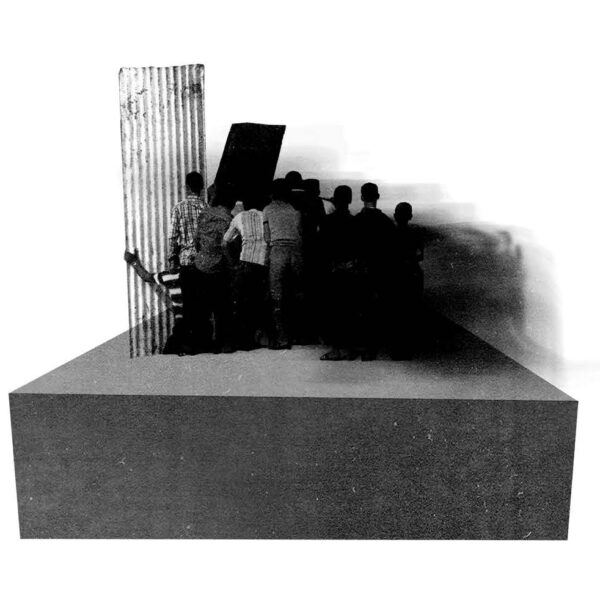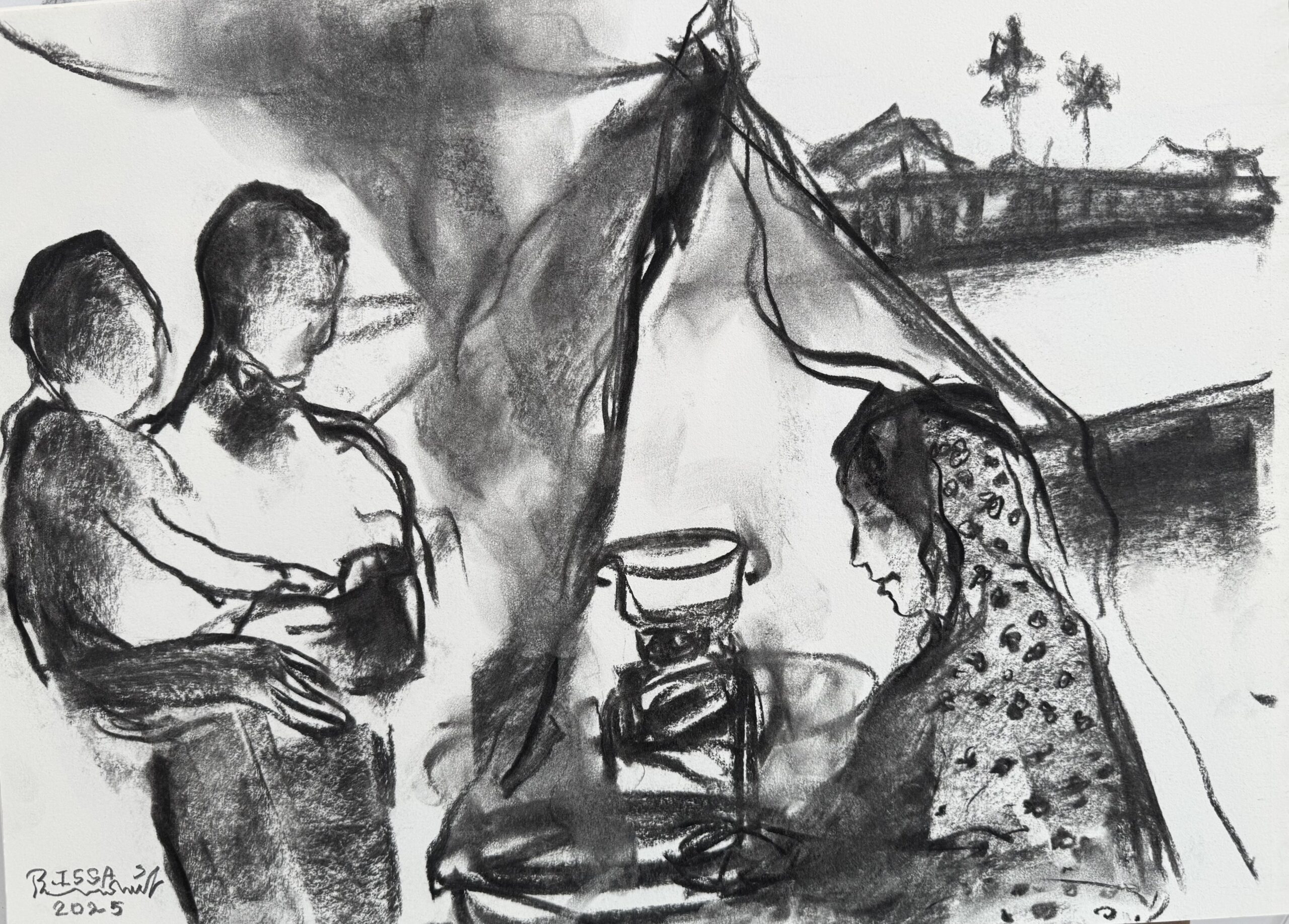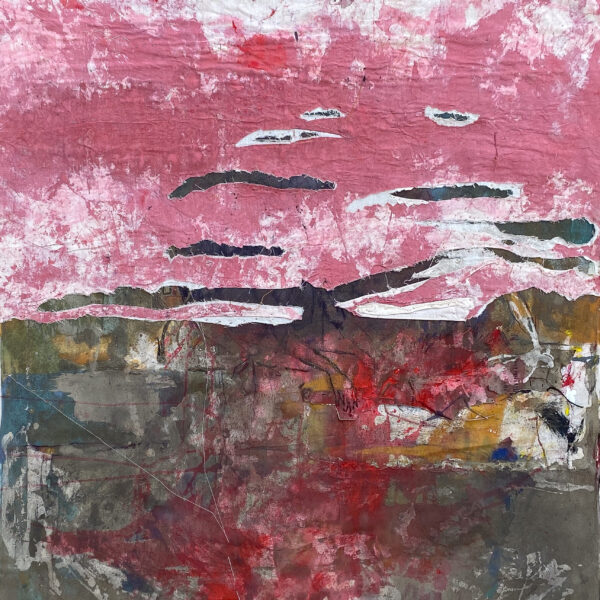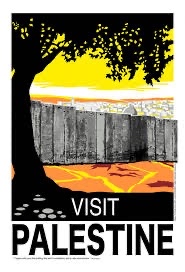Rana Bishara
The Politics of Memory
Born in 1971 in the village of Tarshiha, in the Galilee, she is an interdisciplinary artist. Bishara earned a Master of Fine Arts from the Savannah College of Art and Design in 2003. Between 2009 and 2011, she directed the art department at Al-Quds University in Jerusalem.
She has participated in numerous international exhibitions, both solo and group shows, and her works are part of important collections worldwide. In 2012, she created a memorial to the Sabra and Shatila massacre in Bagnolet, Paris.
Born in 1971 in Tarshiha, Galilee, Rana Bishara is an interdisciplinary artist who weaves together sculpture, installation, photography, and performance into a practice that is deeply political and rooted in Palestinian reality. Her work springs from the tension between belonging, exile, and resistance, and is fueled by a strong commitment to denouncing the consequences of colonization and cultural erasure.
After training in Palestine and the United States, earning a Master of Fine Arts from the Savannah College of Art and Design in 2003, Bishara directed the Department of Visual Arts at Al-Quds University in Jerusalem between 2009 and 2011, contributing to the education of new generations of engaged artists.
Her artistic research focuses on collective memory and the reappropriation of marginalized territories and narratives. The materials she uses—seeds, stones, cactus thorns, salt—are laden with symbolic and historical meaning, often connected to Palestinian rural life and the systematic dispossession of that memory. These elements become the medium for a narrative that opposes erasure and builds bridges between the past and the present.
In 2012, in Bagnolet, on the outskirts of Paris, she created a memorial dedicated to the Sabra and Shatila massacre, a work that testifies to her commitment to an active, critical, and often uncomfortable memory. “To remember is to resist,” she stated in an interview. “Every work is a form of return, even if only symbolic.”
Her works are held in important international collections and have been exhibited in Europe, the Middle East, and the United States, in both solo and group shows. Bishara’s art is an invitation to interrogate history and the present, to shake reassuring beliefs and narratives. It does not seek consolation but forcefully affirms the existence of those who have been denied, marginalized, or exiled.
Today, Bishara lives and works between the Galilee and Jerusalem, continuing to develop an artistic language that unites aesthetic gesture and political statement. Her works ask not only to be seen but to be understood in their context and rootedness. In a time marked by amnesia, Bishara continues to work on the threshold between memory and struggle, tracing paths that keep testimony alive.
@ Elettra Stamboulis
Works
Artists



